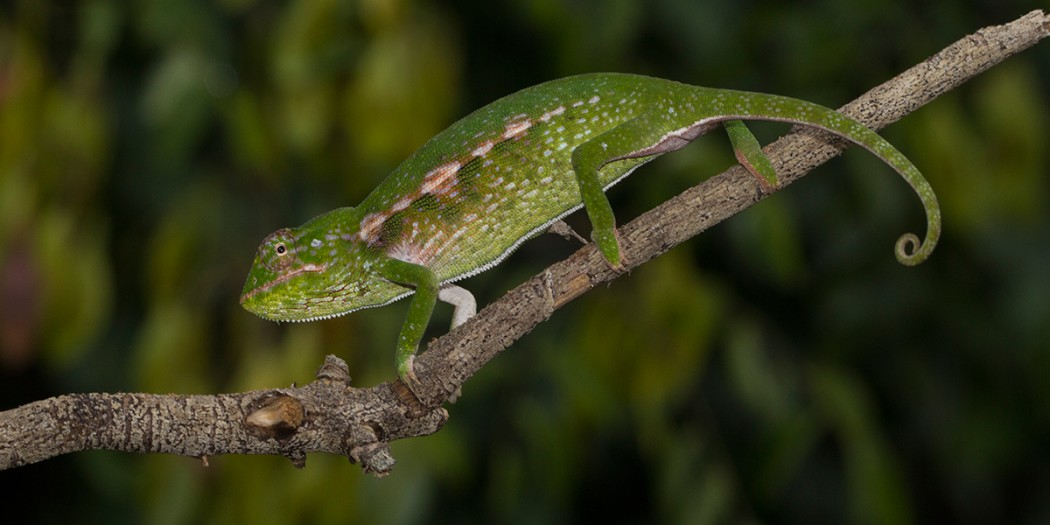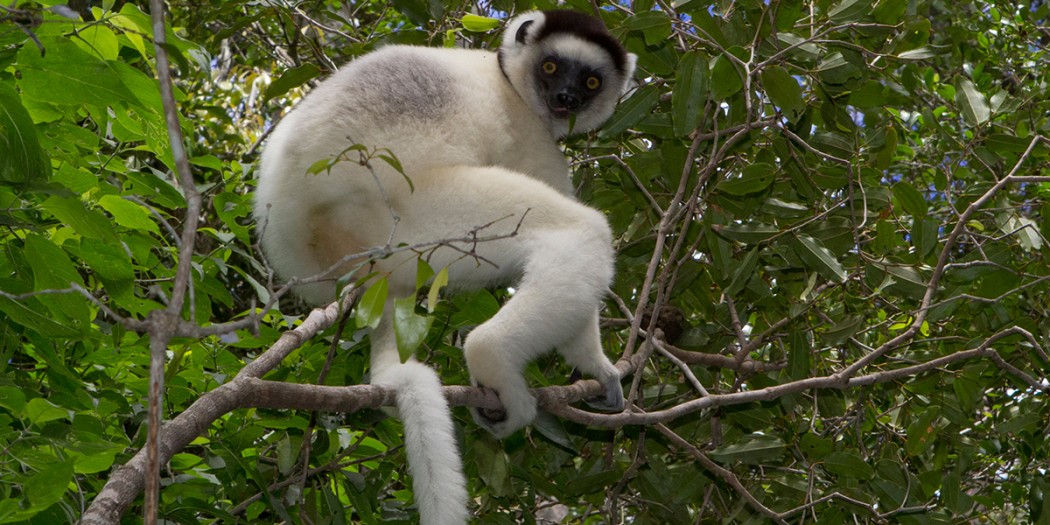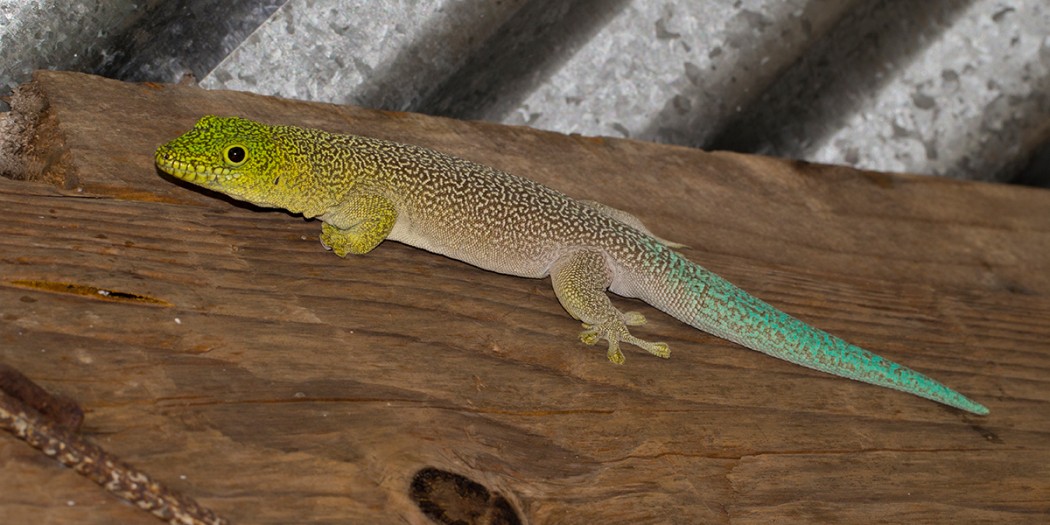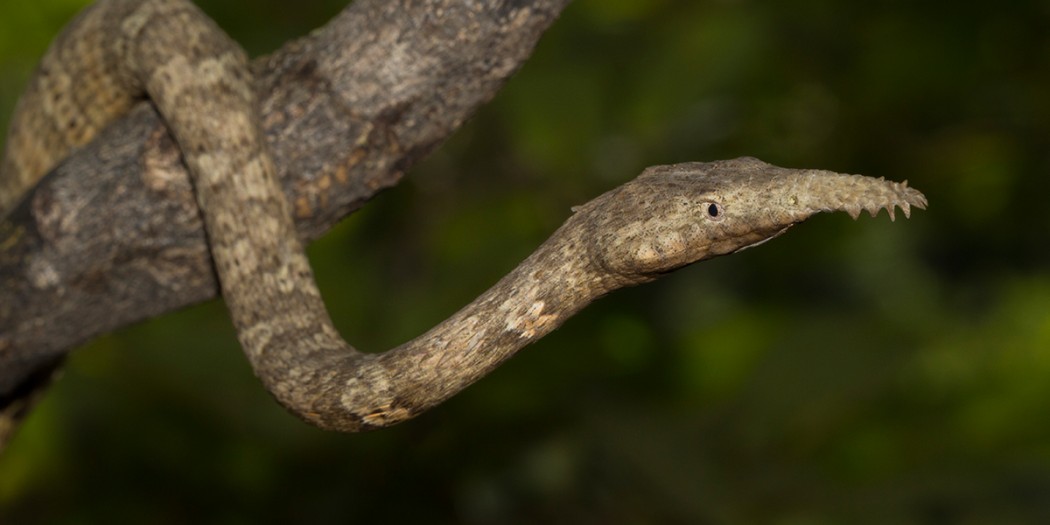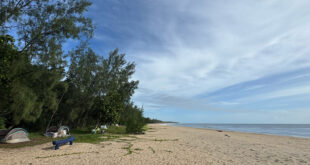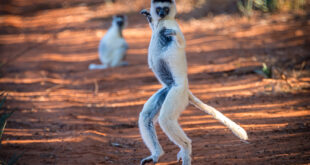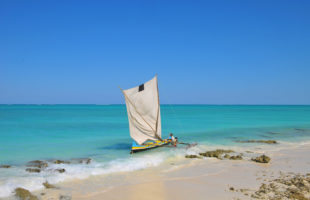Zombitse-Vohibasia:
The compounded name of this national park derives from two of three areas belonging to the park. Zombitse means as much as „dense forest“ and thus names the dry forest of the national park. Vohibasia is the savannah in front of this forest and means „hill of pistols“, which is attributed to conflicts between the people of the South and Merina of the central highlands some centuries ago.
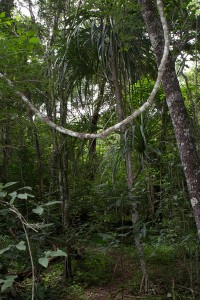
Location:
Zombitse-Vohibasia national park is located in far southwestern Madagascar, about 150 km in the northeastern direction of Toliara (Tuléar) and 90 km south of Isalo in the region Atsimo Andrefana. RN7 leads right through the middle of the park and is one of the better accessible streets in Madagascar. Coming from the capital, Antananarivo, driving there takes approximately three days by 4×4 due to more than 800 km distance. It’s easier to fly by airplane to Toliara and then go by car to the national park (about three hours’ drive).
Informations about the national park:
Zombitse-Vohibasia national park consists of three areas: Zombitse, Vohibasia, and Isoky Vohimena. Altogether, those make an area of about 36,3 km² dry forests and savannahs. The protected areas exist since 1962 (Zombitse) and 1997 (the other two), but it was not before 2002 that they were declared an official national park. Already one year before, in 2001, BirdLifeInternational became aware of the region and entitled it an eminently worth protecting endemic bird area (EBA). The BLI league meanwhile has 120 members, all of them are bird protection organizations of countries around the world. In Madagascar, the organization Asity Madagascar is member of BLI.
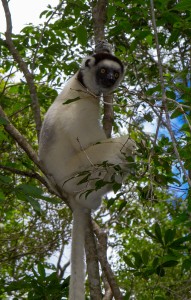
Virtually, Zombitse-Vohibasia national park is the transition zone between the limestone massif, in which also Isalo national park is located, and the dry spiny forests of the south. Two rivers cross the park, Onilahy and Mangoky, and serve as a water reservoir for the region. Thus Zombitse-Vohibasia is the last residue of the dry forest which covered the whole area only 150 years ago and has been destroyed almost completely by slash and burn agriculture.
All round trails through the national park are easy to walk and at maximum 5 km long. You can, therefore, visit this park even when just passing through on RN7. Of course, there are plenty of opportunities to elongate your visit to a whole day without a problem.
Climate:
Like everywhere in southern Madagascar. It’s always very warm in Zombitse. Thermometers show more than 25°C daily, and the climate does not change a lot throughout the year. Even the rainy season turns out to be only two to three months over here. Long, but thin clothes, sun cream, and lots of water should be part of your backpack here in any case. Inside the forest, walking is most enjoyable because of large shady trees, but it can be quite exhausting in the savannahs although there are not many ascents.
Infrastructure:
Despite being situated along the touristically most visited route of Madagascar, the park itself has no accommodations. There’s a campground around 8 km away, and the nearest city, Sakaraha, offers some very simple opportunities to stay overnight (around half an hour away from the park). At the park office, there are only rustic sanitary facilities.
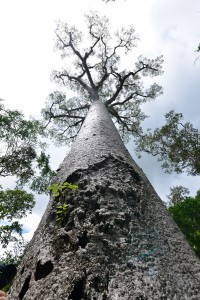
Traditionally, three people live around the park: The Bara, who earn their money mainly with cattle, the Antandroy and the Mahafaly. You can see the typical Mahafaly graves, elaborately decorated with zebu horns, paintings, and stones, all around the park.
Fauna & Flora:
Zombitse-Vohibasia is a small jewel in the middle of the sparse gemstone district of the South. At the walls of the park office, you can already spot Standing’s Day Geckos (Phelsuma standingi), a brightly colored large gecko that lives all around southwestern Madagascar. Other reptiles like the Dumeril’s boa (Acranthophis dumerili) or small Madagascar iguanas (Chalarodon madagascariensis) belong to the national park’s inventory, too. In spring, countless colorful butterflies are attracted by mineral soil.
But Zombitse is most famous for its richness in birds – almost half of Madagascar’s endemic birds can be seen there. If you want to meet as much as possible of the 90 species which live here, get out of the bed early and be in the park at sunrise. Besides Appert’s greenbul (Bernieria apperti), which only lives here and nowhere else, you can see Vangas (Xenopirostris ssp.), giant coucals (Coua gigas), Madagascar hawk owl (Ninox superciliaris), Kittlitz’ plovers (Charadrius pecuarius), Madagascar sandgrouse (Pterocles personatus) and Lantz’s brush-warbler (Nesillas lantzii).
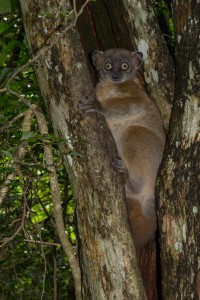
Furthermore, the national park is home to several groups of Verreaux’ sifakas, which are used to humans and thus can be watched in only a few meters distance. Seven other lemur species live inside the dry forest, too, among them the rare western fork-marked lemur (Phaner pallescens) and the only here occurring nocturnal Zombitse sportive lemur (Lepilemur hubbardi).
Concerning plants, Zombitse even has plenty to offer: Several more than 500 years old baobabs (Adansonia za) can be marveled at here, and lots of orchid flowers during the beginning of the rainy season. Typical plants of southern Madagascar like pachypods or Didiraceae are of course part of the park, too.
Although this national park is quite unknown and lesser-visited compared to its neighbor, Isalo, it is really worth a visit. It’s not only a place for bird lovers!
 MADAMAGAZINE Your Magazine about Madagascar
MADAMAGAZINE Your Magazine about Madagascar
